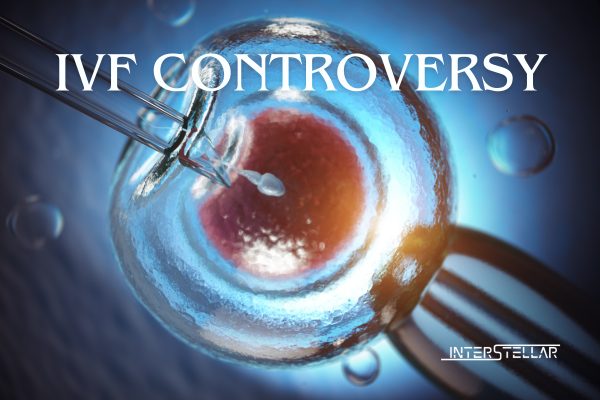Background and Recent Developments
On Wednesday, the Southern Baptist Convention voted to condemn the use of in vitro fertilization (IVF) involving frozen embryos and commended congregants who opt for alternative fertility therapies or adopt frozen embryos. This decision follows a tumultuous period in Alabama, where a state supreme court ruling in February classified embryos as children, leading to legal uncertainties for clinics. Although Alabama later passed a law to protect IVF procedures and allow clinics to resume operations, the debate over embryo freezing continues to stir ethical and legal concerns.
Importance and Process of Embryo Freezing in IVF
In 2021, over 80% of U.S. IVF procedures included the transfer of frozen embryos, according to a report by the U.S. Department of Health and Human Services. Freezing embryos is a critical component of IVF, offering numerous benefits and improving the chances of successful pregnancies.
How Embryo Freezing Works:
- Ovarian Stimulation: High doses of hormones stimulate the ovaries to produce multiple eggs.
- Egg Retrieval: Mature eggs are extracted and fertilized with sperm.
- Development: Fertilized eggs develop into blastocysts (100-200 cells) over five to six days.
- Freezing: Blastocysts can be transferred to the uterus immediately or frozen for future use.
Benefits of Using Frozen Embryos:
- Improved Success Rates: For some patients, delaying the transfer allows hormone levels to normalize, increasing the likelihood of successful implantation.
- Reduced Risk: Freezing reduces the risk of ovarian hyperstimulation syndrome, a serious side effect of intense hormone use.
- Single Stimulation Cycle: Patients often only need one cycle of ovarian stimulation and egg retrieval, as multiple embryos can be frozen and used later if the initial transfer fails.
- Avoiding Multiple Pregnancies: Freezing enables single embryo transfers, reducing the risk of twins or triplets, which were more common before the advent of embryo freezing.
- Fertility Preservation: Embryo freezing allows patients to preserve fertility before undergoing treatments like chemotherapy, which can damage reproductive organs.
- Genetic Screening: Frozen embryos can be genetically screened before transfer, which is essential for those with recurrent miscarriages, previous IVF failures, maternal age over 35, or a family history of genetic diseases.
Consequences of Unavailability of Embryo Freezing
If embryo freezing became unavailable, it would significantly impact IVF practices:
- Reduced Success Rates: Without freezing, clinics might avoid multiple embryo transfers, which could lower the overall success rates of IVF.
- Increased Procedures: Clinics might resort to freezing eggs instead of embryos, but this approach has limitations. The viability of thawed eggs is uncertain until IVF is attempted, potentially requiring additional hormone use and retrieval cycles.
- Delayed Transfers: The need to thaw and fertilize each egg individually would delay embryo transfers and complicate the IVF process.
Dr. Steven Spandorfer of Weill Cornell Medicine, president of the Society for Assisted Reproductive Technology, emphasized that freezing embryos is vital for promoting healthy single pregnancies and advancing the field of reproductive medicine.





